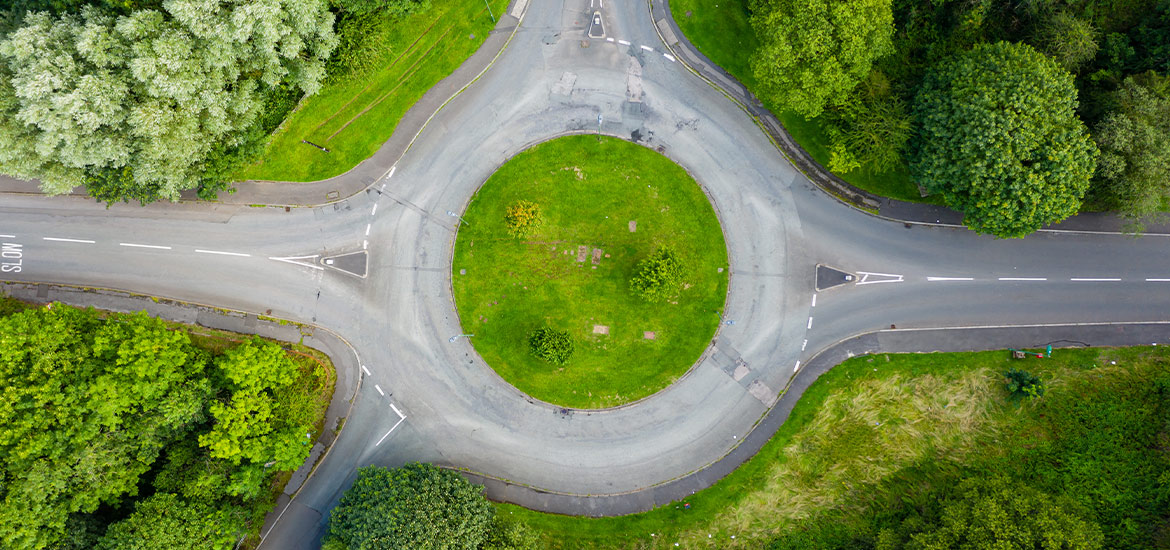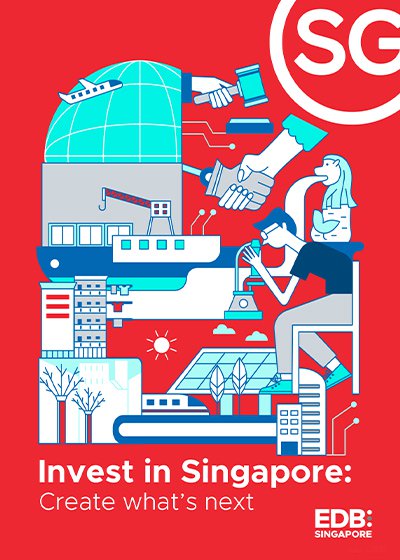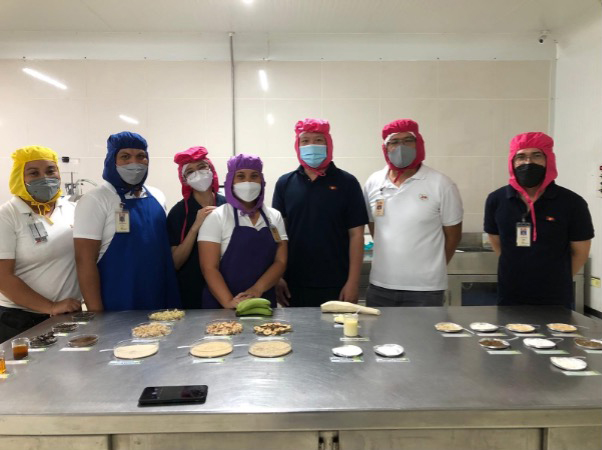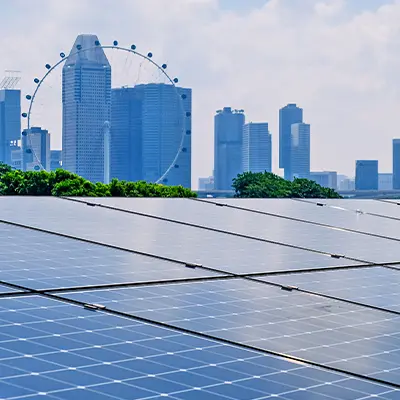3 steps for better collaboration
1. Cross-sector solutions
Coordinating multiple sectors, geographies and stakeholders is a significant challenge. Reducing plastic waste, for example, involves more than just recyclers managing discarded plastics. To ensure products are properly recycled, consumer brands and waste management companies need to collaborate to increase the collection of packaging from consumers.
Further up the value chain, chemical companies that create plastic resins need to work with brand owners to improve the recyclability of packaging. Clearer global standards on the circularity of recycled products would also provide consumers more certainty about what they are paying for and increase their willingness to pay. This could in turn incentivise more investments in recycling projects. Today, however, there is limited cooperation across governments, companies, and consumers to address such cross-cutting issues.
Non-governmental organizations, like the Singapore-headquartered Alliance to End Plastic Waste and the World Wide Fund for Nature (WWF) are stepping in to bring various stakeholders together.
The Alliance’s partnership with innovation platform Plug and Play — which connects over 30,000 start-ups, companies, VCs and other industry players — helps promising start-ups tackling plastic pollution to scale up. In 2020, 11 start-ups across the value chain, with solutions ranging from smart home waste management tools to robots that collect floating waste in waterways, were connected through their 90-day accelerator to investment and support from large multinationals.
WWF Singapore has similarly promoted collaborative action through its “Plastic ACTion (PACT)” initiative, which recently launched a pilot in Singapore aimed at reducing e-commerce packaging waste. The initiative brings together sustainable packaging and logistics providers, retailers and consumers to explore a circular packaging system.
Such cross-sector collaboration and resource pooling on common problem statements can make a difference, as stakeholders from across the entire value chain are mobilized to co-create solutions.
2. Research and development (R&D) partnerships
A significant proportion of circular solutions will be based on new science and technology. These needle-moving solutions are already present in areas such as circular materials and resource recovery but many are currently at a low level of technological readiness.
For example, biodegradable product packaging could reduce plastic pollution and help global consumer goods companies meet their sustainability pledges. However, significant R&D is still required to make it scalable and cost-efficient.While some consumer goods companies have strong in-house research teams, all will benefit from working with external academic institutions to complement their internal capabilities. Fostering strategic R&D partnerships between private companies and leading research institutes helps translate academic research into real-world applications.
There are already several examples of this in effect. Global consumer goods companies like Procter & Gamble and Nestle, many of whom have APAC headquarters in Singapore, are partnering with local research institutes, such as the Agency for Science, Technology and Research’s (A*STAR) Institute of Sustainability for Chemicals, Energy and Environment (ISCE2). These partnerships can help accelerate the development and commercialization of circular innovations.
3. Strengthening commercial viability
Even when circular innovations have reached a sufficient level of technological readiness, commercially viable business models may be elusive and scaling difficult. Circular economy start-ups often struggle with business development, financing and market access.
Technology-focused start-ups typically lack the business expertise to assess product-market fit or develop business proposals. Pilots are also capital-intensive for start-ups facing challenges in obtaining financing. Until recently, there have been few investors focused on circularity, especially in Asia. But things may be changing with the emergence of funds for early-stage circular ventures from the likes of Regeneration.VC and the Circular Innovation Fund (CIF). Finally, circular innovators may not be aware of or have access to established companies that are willing to pay a premium for their products and services.In light of these challenges, the circular start-up scene needs programmes to help innovators finetune their business models and growth plans, raise capital, and access buyers for their solutions.
One such example is HyperScale, Asia’s first waste-tech accelerator launched by Enterprise Singapore (ESG) and StartupX in April 2022. The programme equips plastics and e-waste recycling start-ups with the knowledge to build scalable products and sustainable business models. It also connects them with regional stakeholders to refine their product-market fit and to sustainability and waste-tech focused VC firms and impact investment funds for financing.Open innovation platforms, such as the recent Circular Economy reverse pitch jointly organised by SGInnovate and Scale 360°, also facilitate proofs-of-concept and go-to-market opportunities for promising startups, such as the potential to partner with corporates to test and scale solutions.
For well-established corporates, the Singapore Economic Development Board (EDB)’s dedicated venture building arm New Ventures has actively helped companies build new sustainability-related ventures from Singapore. A joint incubation with food conglomerate Dole Sunshine saw it launch its Speciality Ingredients unit, which converts pineapple fruit waste into high-value revenue streams such as enzymes, extracts, and oils. The company received structured support, including user testing, portfolio building, and go-to-market strategy development.









